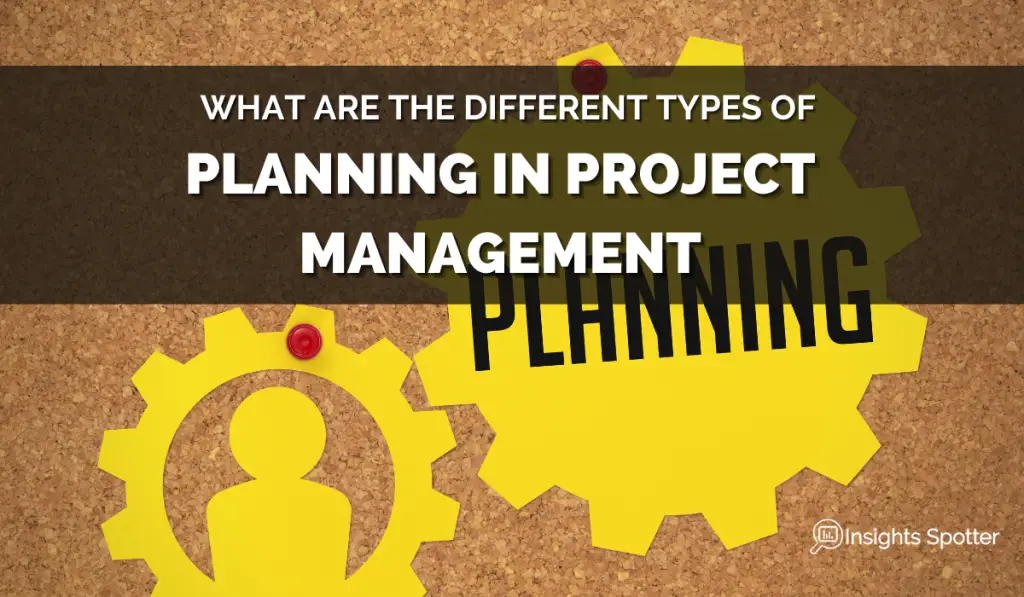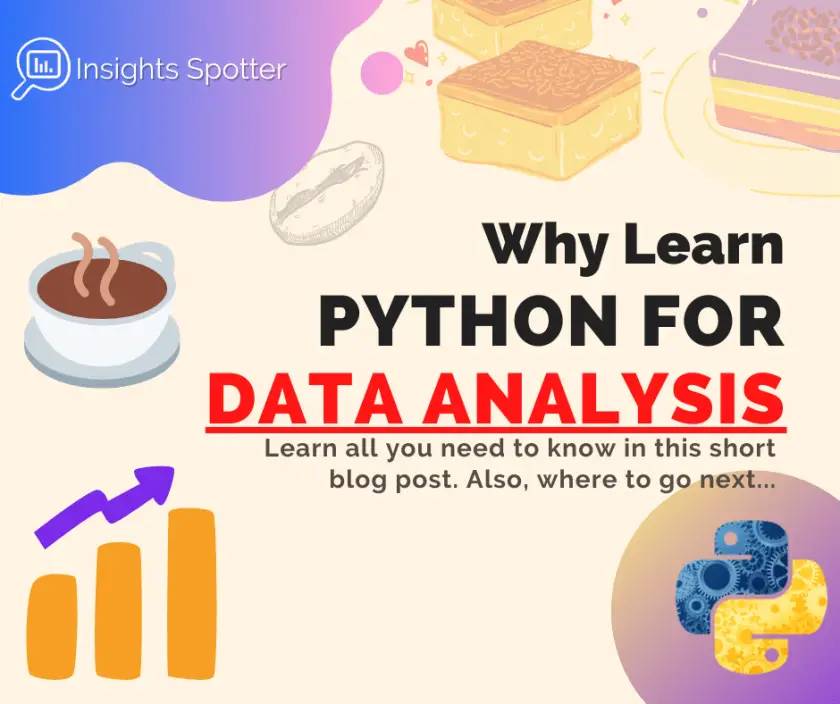Why Learn Python for Data Analysis?
My name is Paulius. I have been working as a Business & Data Analyst for multiple years in various international organisations. The amount of data these organisations are facing increases exponentially. So, I have decided that I need to know how to analyse, process and transform large data sets. I could no longer entirely rely on Excel. It would crash anytime the data size grows larger. Then, why Learn Python For Data Analysis?
Python is excellent for beginners as an object-orientated language because it has a simple syntax. Therefore, individuals will be quick to write programmes, make meaningful analysis and get required insights. Plus, Python has an extensive collection of libraries such as pandas, NumPy or matplotlib.
They include tools that allow you to pull in powerful functionality like complex data analysis, machine learning and visualisations into your programs. In some cases, you will need only a single line of code.
One essential aspect of Python is a large community of users who are willing to help. It is crazy what obscure data analysis problems I was able to solve using their assistants. Plus, the biggest companies like Google, Dropbox, Reddit and Instagram are using Python for a good reason.
Why You Do Not Need To Create Apps For Data Analysis?
Ok, you have decided to go with Python. But how to be smart about learning it? Various courses teach you basics that apply to the development of apps. Yet, when you analyse data, you may not need all that functionality.
Take my personal experience; I frequently need to create a one-off project with insights for my management. I would need to take several sets of data, transform and clean it. Then I would prepare insights’ reports or visualisations. But that does not require creating an app with complex functionality, error handling or complicated UI.
Where To Concentrate Effort With Python Data Analysis?
Therefore, for data analysis, creating fully completed apps could become a distraction. Even though you may use some of Python’s other complex capabilities in the future, it is not a requirement to start doing data analysis.
Ultimately, you will realise that Python has so much functionality that you cannot learn everything. You will need to find a balance. If your goal is to analyse data, you should go more in-depth in data-specific libraries and not learn a bit of every library available for Python.
Python Data Analysis Course Prepared Using My Experience
Three years ago, I started my journey in learning Python. Picking up multiple tutorials and even building a fully functional online store. However, I have found that tutors in those courses almost always assume some level of programming experience. Even when the level is identified as a beginner, they would either not explain some concepts or start with detail explanations but begin skipping by the end of the course. I believe this is because they learned basics some time ago and forgot what it takes and what would be unclear for a beginner. Hence, I would have to watch multiple video courses to gain a suitable basis for picking up more complex libraries.
For example, simple question how exactly index works in lists. For Some reason, courses I have seen would not dive into detail, and I would have to find answers in online forums.
I have decided that I need to help others who want to learn data analysis with Python and want to do it smartly. Thus, I have created a “Python Beginners Course” to expedite your learning and generate value faster by going straight to the point of learning Python for Data Analysis. Through the course, I include my tips & tricks as well as lessons learned.
After you complete the course, you will be ready and equipped to handle more complicated libraries like pandas and know with confidence how Python works.
What is pandas? Why pandas Is Important?
Why should you care about pandas? I hear you ask? Pandas is a genuine workhorse for data analysis. It allows you to analyse, transform, clean data and do much more in Python. It is a fast, powerful, flexible and easy to use open-source data analysis and manipulation tool built on top of the Python programming language.
If you want to be great at data analysis, pandas is what you need. I have tried to include all the required basis in the course for you to be ready to handle pandas. Link to pandas site
Python For Data Analysis Course?
Learning To Code Is Simpler Than You Think
Learning to code can feel scary and daunting. You might think you need to be a math genius or be able to build a rocket. While those are fantastic skills, it’s not required. The truth is, it’s easy to learn to code, and Python is a great place to start. It’s also a lot of fun. If you like solving problems like I do or uncovering new insights, you can use Python, and that’s what I want to teach you in this course.
How did I come up with Python?
First, I have done an extensive research to determine the best solution in the market to do data analysis. It turns out, the simplest thing to do was to learn a programming language. My goal was to make sure that it was easy to use and learn. Also, it had to be flexible enough to deal with daily business problems and fast enough to deal with larger sets of computations. There end up being only one real contender in my eyes. It was Python.
There Is A Lot of Training Online?
If not yet, soon, you will find out that there is an immense amount of training available in Python. But not all of them get straight to the point of using Python for data analysis. So, I am here to save you some time and money by giving just the best bits.
What Is Course Promising?
You might not become a software developer, but you will become a much more productive professional. You will be able to automate tasks, analyse large sets of data, and bring more value to your business or employer. Ultimately, save time and money. In the future, you will likely need to know Python as much as you need to know Excel. Python is Excel on steroids.
What will the course cover?
We will look into:
- Python Modules
- Data Types
- Data Structures
- For Loops
- Functions
- If Statements
- Python Arrays.
I will make it enjoyable by using coffee shop example where possible. We will imagine that we are building bits of the more extensive system and our practice code are pieces of the code. So, the code becomes not just random lists of letters and numbers but will connect to a coffee shop that you may have visited in the past.
If you are still here, brew a nice cup of coffee, get some desserts and go check out my “Python Beginners Course“. See you there!
Enjoy and do not forget to have some fun!
Subscribe to our newsletter!
Latest Blog Posts
- Sustainable Project Management: Trends, Tools, & Strategies
- Unlocking Strategic Value: How NIST CSF 2.0 Shapes Project Choices for Better Outcomes
- Cybersecurity Project Management: Protecting Your Digital Frontier
- What are the Different Types of Planning in Project Management?

- Transforming Project Management with AI Software: Tools, Challenges, and Best Practices
- Unlocking the Benefits of AI-Powered Project Management


